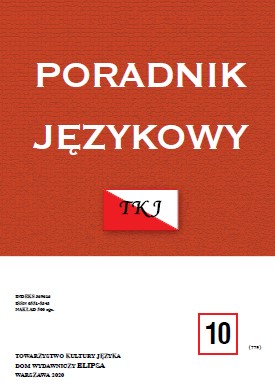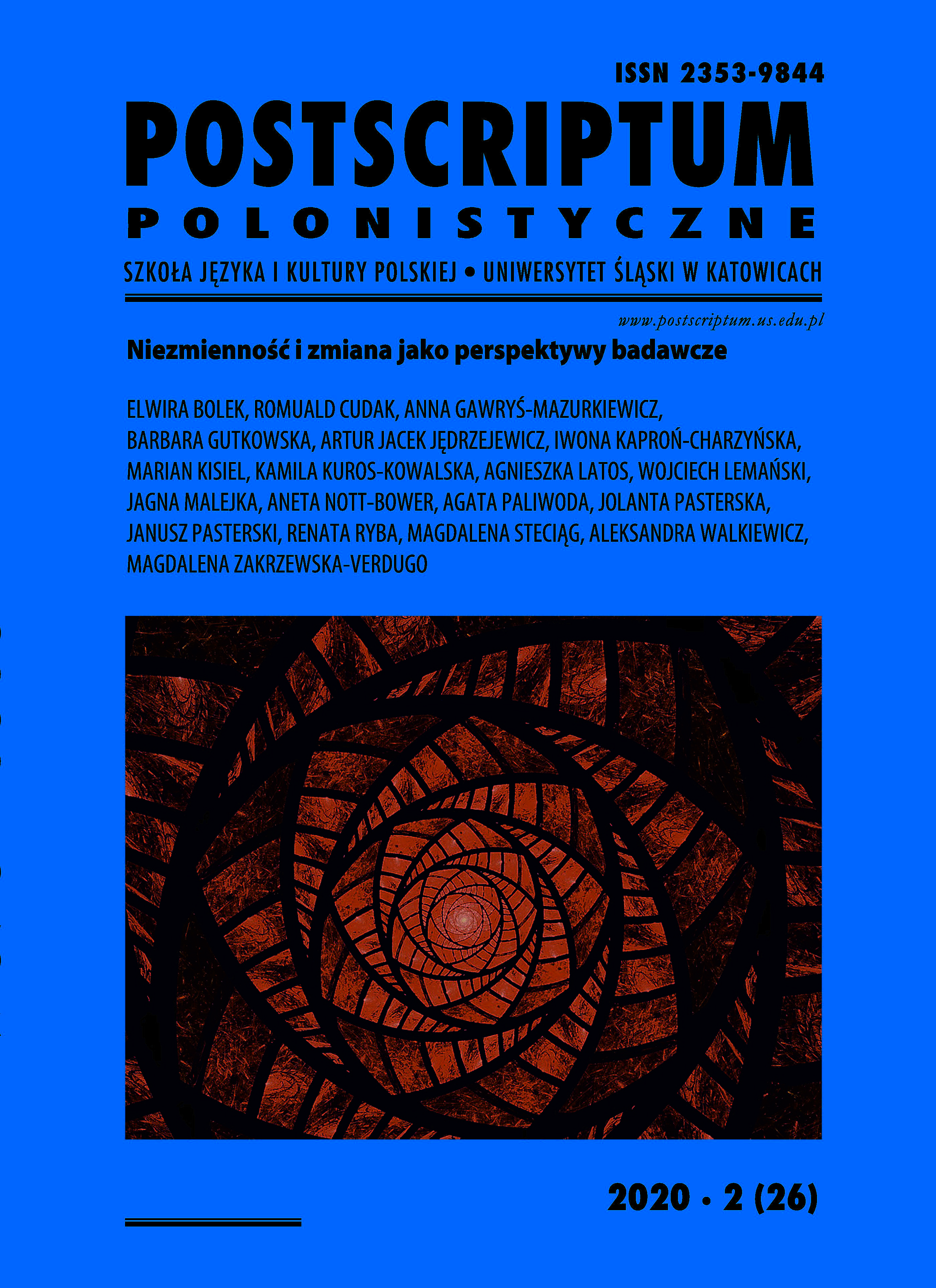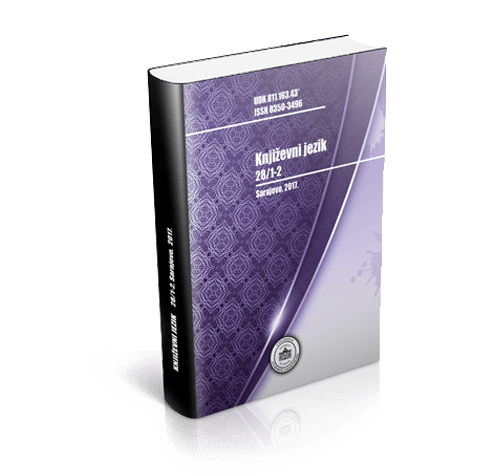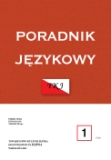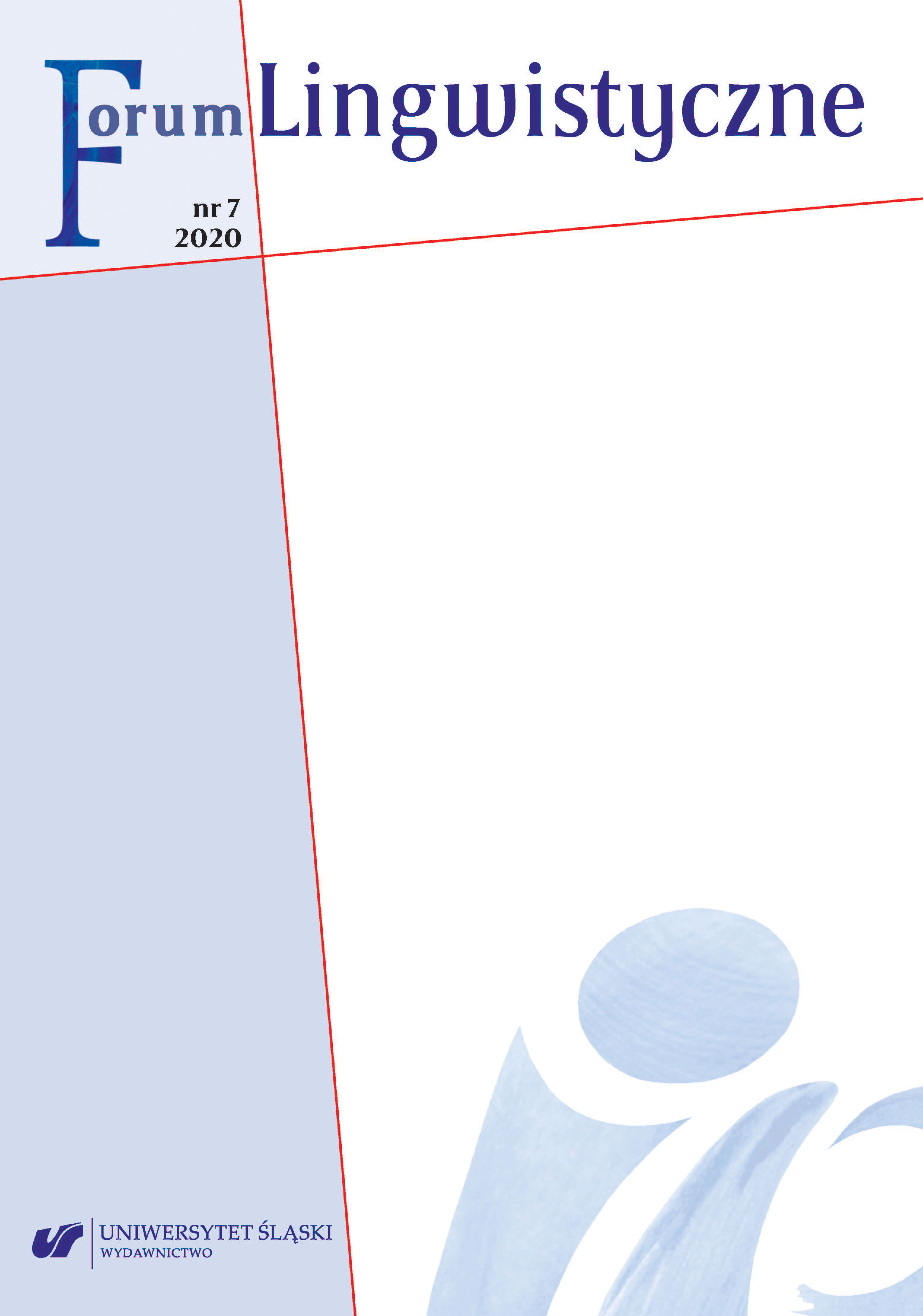
Cyberprzestrzeń w polskim dyskursie parlamentarnym
The subject matter of the article is the conceptualization of cyberspace in the Polish parliamentary discourse. It was recognised as important to identify how representatives of legislature perceived cyberspace in 2001–2018. The source of analyses were texts excerpted from the Polish Parliamentary Corpus. In the research ethnolinguistic and cognitive linguistics approach (linguistic and discursive worldview) and diachronic linguistics approach were applied to establish fixed and variable elements of cyberspace conceptualization. The following components were identified as fixed: the perception of cyberspace in threat terms (legal and military contexts) and its definitional elusiveness. In turn, the transition from treating the studied phenomenon as a novelty to its empowerment may be seen as the main change here.
More...
